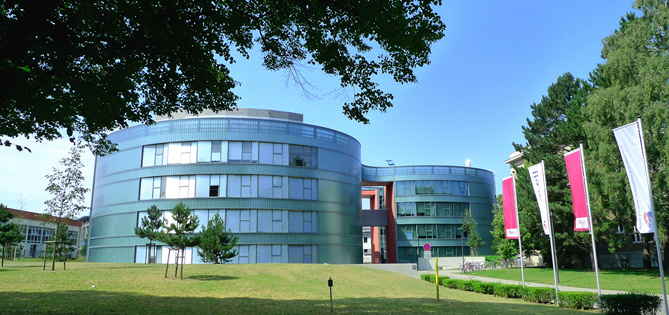J Virol. 1997; 71:9538-9548.
E1A 12S and 13S of the transformation-defective adenovirus type 12 strain CS-1 inactivate proteins of the RB family, permitting transactivation of the E2F-dependent promoter.
Pützer BM, Rumpf H, Rega S, Brockmann D, Esche H.
The transformation-defective Vero cell host range mutant CS-1 of the highly oncogenic adenovirus type 12 (Ad12) (Ad12-CS-1) has a 69-bp deletion in the early region 1A (E1A) gene that removes the carboxy-terminal half of conserved region 2 and the amino-terminal half of the Ad12-specific so-called spacer that seems to play a pivotal role in the oncogenicity of the virus. Despite its deficiency in immortalizing and transforming primary rodent cells, we found that the E1A 13S protein of Ad12-CS-1 retains the ability to bind p105-RB, p107, and p130 in nuclear extract binding assays with glutathione S-transferase-E1A fusion proteins and Western blot analysis. Like wild-type E1A, the mutant protein was able to dissociate E2F from retinoblastoma-related protein-containing complexes, as judged from gel shift experiments with purified 12S and 13S proteins from transfection experiments with an E1A expression vector or from infection with the respective virus. Moreover, in transient expression assays, the 12S and 13S products of wild-type Ad12 and Ad12-CS-1 were shown to transactivate the Ad12 E1A promoter containing E2F-1 and E2F-5-motifs, respectively, in a comparable manner. The same results were obtained from transfection assays with the E2F motif-dependent E2 promoter of adenovirus type 5 or the human dihydrofolate reductase promoter. These data suggest that efficient infection by Ad12 and the correlated virus-induced reprogramming of the infected cells, including the induction of cell cycle-relevant mechanisms (e.g. E2F activation), can be uncoupled from the transformation properties of the virus.

Contact
Institute of Experimental Gene Therapy and Cancer Research
Core-Facility Viral Vector & Genome-Editing Technologies
Biomedical Research Center
Schillingallee 69
D-18057 Rostock
Office
Ingrid Winkler
(+49) 381 494-5066(+49) 381 494-5062
ingrid.winkler@med.uni-rostock.de
Department Life, Light & Matter
Research Building LL&M
Albert-Einstein-Str. 25
D-18059 Rostock
Research Building LL&M
Albert-Einstein-Str. 25
D-18059 Rostock




